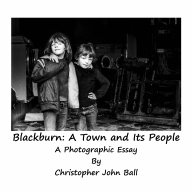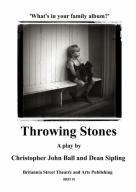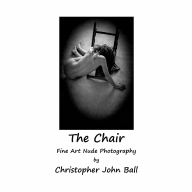
Casein or Caseine Printing - An Introduction by Christopher John Ball

Tweet
This is a process that was patented by the Neue Photographische Gesellschaft in 1908. Casein, the main protein in milk, can be used in combination with a dye or pigment and potassium dichromate to make prints. (Other types of fatty material can be used as well.) Casein is soluble in alkalis and organic acids. It is obtained from milk by acidification and is often known as 'curds'. It was introduced as a medium for silver salts in printing out paper.
Take 100 ml of full fat milk and add to this 7ml of acetic acid. After the curds have formed, strain through a cheesecloth and rinse until the acid smell disappears.
Drain the curds and then crumble into 55ml of 1% ammonia and leave for 2-3 hours. Add 100ml of water and the Casein is ready for the pigment to be added and then sensitised using the formula below.
This solution can also be refrigerated to be used later. Mix equal parts pigment/dye and sensitising solutions immediately prior to use.
Dye Formula:
Casein solution 100ml
Watercolour pigmented water 100mlSensitising Formula:
Potassium dichromate 25g
Water to make 100mlPlace the negative to be 'printed' in contact with the coated paper and expose to a UV light source.
Soak the print in cold water until the unexposed dye areas begin to detach, and then transfer it to a cold water bath containing ammonia. After a few minutes, hold the print upright and gently spray with fine flow of water, then re-soak in the ammonia bath. Repeat spraying and soaking until desired result is obtained.
July 2024 Several books, featuring Christopher John Ball's photographs, are now available through Amazon or click on an image below to purchase via secure payments on lulu.com

Tweet








